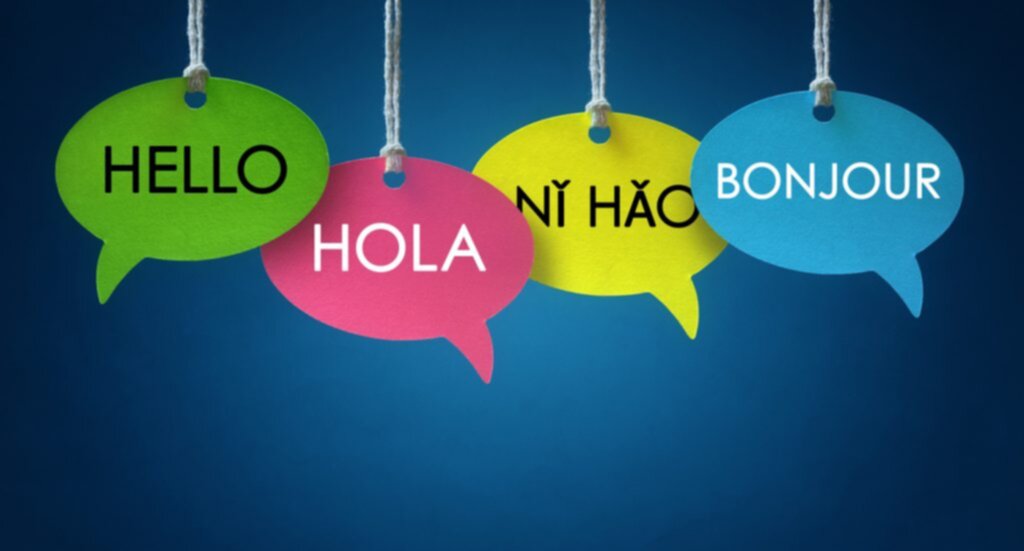
The United States is home to a diverse population. Approximately 20% of children living in the United States speak another language, besides English, at home. Most often, these children speak Spanish. Research demonstrates benefits of being bilingual, despite some negative myths that are floating around. Learning two languages helps children maintain strong bonds with their family, culture, and community members. Language is an integral part of developing identity. Despite positive outcomes with bilingualism, there are still some myths and misconceptions about learning two languages.
Myth #1: Learning two (or more) languages impairs children’s cognitive ability and confuses them.
Reality: Contrary to popular belief, learning two (or more) languages does not confuse children, nor does it impair their cognitive abilities. Rather, bilingualism enhances children’s cognitive abilities, and they are better able to understand things from two (or more) perspectives.
Myth #2: The more that a child is exposed to a language; they will learn it more quickly.
Reality: Just because a child is exposed to a language that doesn’t mean that they will learn it. Being exposed to a language that isn’t understood won’t help a child learn a language. However, if a child has an understanding of a certain language, they will be able to learn the language.
Myth #3: Infants and toddlers who are exposed to more than one language experience delays in their language and speech development.
Reality: Pre-language development milestones are the same for children who speak any language. Bilingual children, just children who only speak one language, speak their first words by the time they are one years old. By the time kids are two they begin using two-word phrases.
Myth #4: Academic problems always stem from being bilingual.
Reality: Being bilingual doesn’t always mean that academic problems will arise. The classroom setting largely depends on the age and language skills of the child. Younger children do well total in total immersion classrooms, but might be less effective for older students. Research demonstrates that there are academic advantages to being bilingual, such as cognitive flexibility, superior multitasking skills, and outstanding problem solving skills.
As can be seen there really is no truth to the myths regarding learning two or more languages. The Latino Family Literacy Project offers teachers, parents, and kids ways in which they can guide bilingual families for language development with a home reading routine. Staff can attend an online webinar for training and FREE curriculum.
